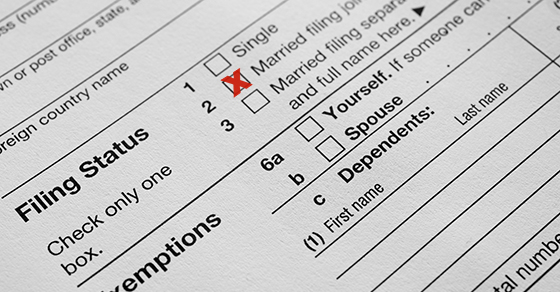If your small business is planning for payroll next year, be aware that the “Social Security wage base” is increasing.
The Social Security Administration recently announced that the maximum earnings subject to Social Security tax will increase from $137,700 in 2020 to $142,800 in 2021.
For 2021, the FICA tax rate for both employers and employees is 7.65% (6.2% for Social Security and 1.45% for Medicare).
For 2021, the Social Security tax rate is 6.2% each for the employer and employee (12.4% total) on the first $142,800 of employee wages. The tax rate for Medicare is 1.45% each for the employee and employer (2.9% total). There’s no wage base limit for Medicare tax so all covered wages are subject to Medicare tax.
In addition to withholding Medicare tax at 1.45%, an employer must withhold a 0.9% additional Medicare tax from wages paid to an employee in excess of $200,000 in a calendar year.
Employees working more than one job
You may have employees who work for your business and who also have a second job. They may ask if you can stop withholding Social Security taxes at a certain point in the year because they’ve already reached the Social Security wage base amount. Unfortunately, you generally can’t stop the withholding, but the employees will get a credit on their tax returns for any excess withheld.
Older employees
If your business has older employees, they may have to deal with the “retirement earnings test.” It remains in effect for individuals below normal retirement age (age 65 to 67 depending on the year of birth) who continue to work while collecting Social Security benefits. For affected individuals, $1 in benefits will be withheld for every $2 in earnings above $18,960 in 2021 (up from $18,240 in 2020).
For working individuals collecting benefits who reach normal retirement age in 2021, $1 in benefits will be withheld for every $3 in earnings above $46,920 (up from $48,600 in 2020), until the month that the individual reaches normal retirement age. After that month, there’s no limit on earnings.
Contact us if you have questions. We can assist you with the details of payroll taxes and keep you in compliance with payroll laws and regulations.





